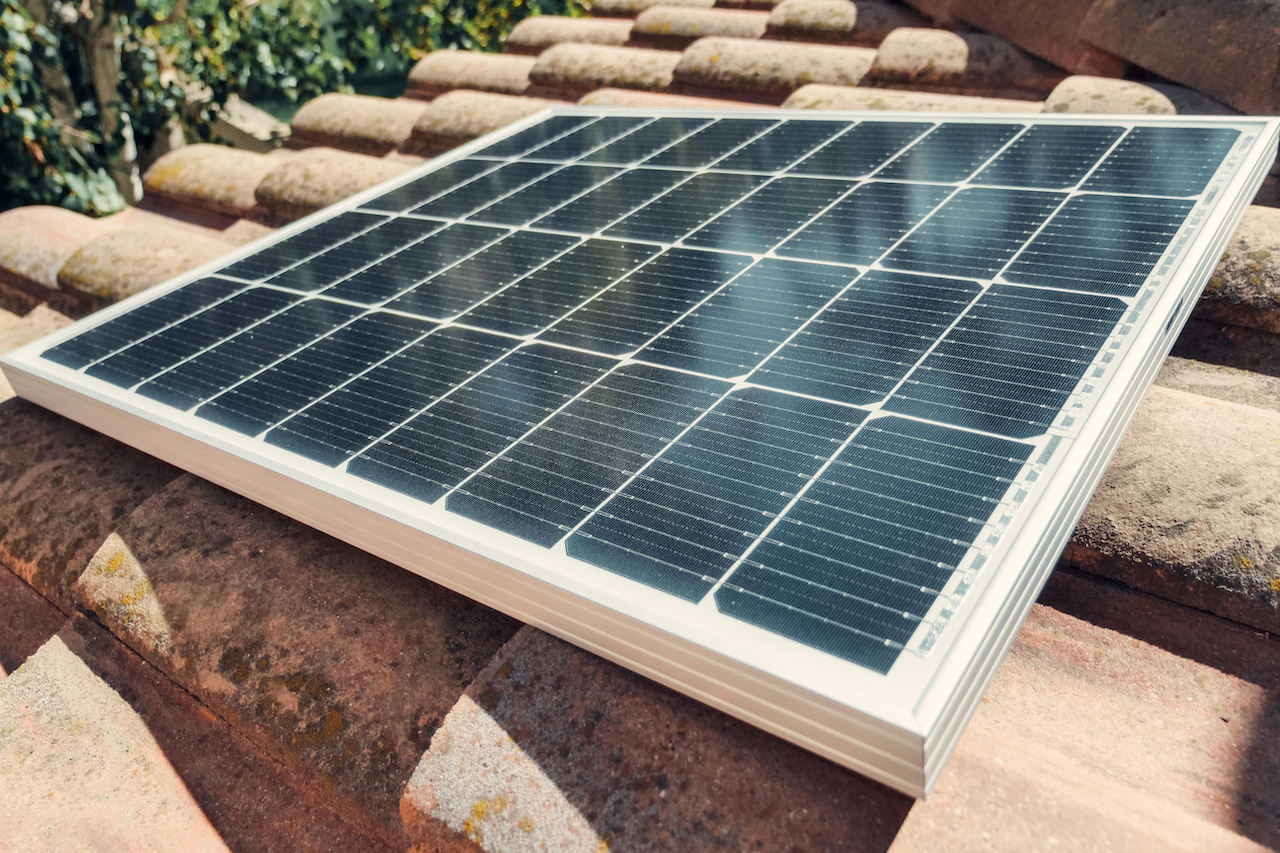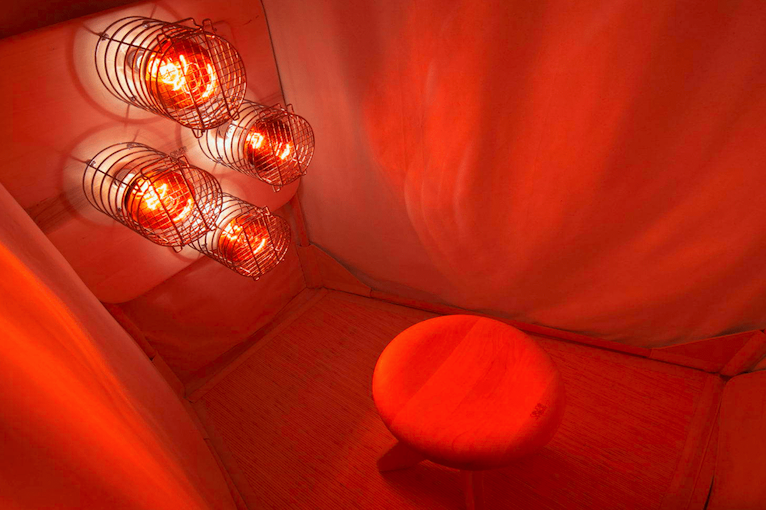- HOME
- Infrared Sauna Insights
- Energy Consumption
Do Infrared Saunas Use A Lot Of Electricity?

Infrared sauna energy consumption stands out in comparison to other types. Their advanced heating technologies use far less energy than traditional saunas. This not only cuts operational costs but also helps the environment. So, what are the energy costs of running an infrared sauna and which factors affect its energy use?
Energy Efficiency of Infrared Saunas
The highly energy-efficiency of infrared saunas is largely due to their advanced heating technologies. These heaters heat the body directly instead of the surrounding air. In addition, the rapid heating ability of infrared saunas increases their energy-saving qualities.
Many models are fitted with timers or smart technology for precise and quick temperature adjustments. This not only speeds up the heating process but also helps in saving energy. Such efficiency is beneficial for both the environment and your energy expenses.

Energy Efficiency of Far-Infrared Sauna Heaters
In our search for what the energy costs of infrared saunas are, we stumbled on an interesting study that was conducted in the northwest of Mexico: ‘Sustainability Assessment of Alternatives for Heat Generation and Transfer in Saunas’ [1]. This research provides valuable insights into the sustainability of infrared saunas, especially those using far-infrared technology with ceramic or carbon elements.
According to the researchers, infrared heaters powered by solar cells, specifically ceramic, carbon and metal infrared heaters were found to be the most sustainable options among the fourteen technologies assessed.
This indicates that infrared saunas, when utilizing these specific technologies, are more sustainable than other heating alternatives analyzed in the research.
The study reaffirms that these saunas are distinctive in terms of sustainability, mainly due to their efficient use of energy. This study also suggests that the durability of infrared saunas depends on location and local environmental conditions.
Ultimately, sustainability goes beyond energy efficiency. The true sustainability of infrared saunas also depends on other factors such as local energy sources, the production and life cycle of sauna components, and regional climatic conditions.

Cost Analysis
Understanding the cost of operating an infrared sauna involves considering several key factors. These include the sauna's wattage, usage patterns, and local electricity rates, all of which can significantly impact overall expenses.
First, let's explore wattage. The wattage of an infrared sauna determines how much electricity it consumes per hour. Higher wattage equates to higher energy use. The infrared saunas, despite higher wattages, can still be more cost-effective than their traditional counterparts because they typically heat up faster and reach lower temperatures.
Usage patterns also play a vital role. How often and how long you use the sauna will impact your energy consumption. For instance, a daily 30-minute session will cost more in energy than a weekly hour-long session.
Another crucial factor is the local electricity rate, which varies by location. The cost of electricity per kilowatt-hour (kWh) in your area will directly influence the operational cost of your infrared sauna.
To give you a practical understanding, let's look at some example calculations:
Scenario 1
Wattage: 1500W (1.5 kW)
Usage: 30 minutes per day
Electricity Rate: $0.10 per kWh
Monthly Cost: [(1.5 kW * 0.5 hours/day * 30 days) * $0.10/kWh] = $2.25
Scenario 2
Sauna Wattage: 3000W (3 kW)
Usage: 1 hour, twice a week
Electricity Rate: $0.15 per kWh
Monthly Cost: [(3 kW * 1 hour/session * 8 sessions/month) * $0.15/kWh] = $3.60
These examples show how different factors can affect the overall cost of running an infrared sauna. Have you checked your infrared sauna energy costs?
Practical Tips for Maximum Energy Efficiency
Timers for Energy Management
Incorporating timers in infrared saunas is a smart way to enhance energy efficiency. Timers allow the sauna to operate only when needed, automatically shutting it off after a set period. This prevents the sauna from running unnecessarily, saving energy and reducing costs.
It's a simple yet effective feature that can make a significant difference in the sauna's overall energy consumption.
Smart Technology for Precise Control
Separately, the integration of smart technology into infrared saunas represents a leap forward in energy management and user convenience. Smart-enabled saunas offer remote control capabilities, allowing you to adjust settings via a smartphone or tablet.
This technology can include features like pre-setting heating times, adjusting temperatures, and monitoring energy usage, all from a distance. The precision and ease of control provided by smart technology ensure that the sauna is used efficiently, contributing to lower energy usage and a better user experience.

Outdoor vs Indoor
The choice between an outdoor and indoor infrared sauna involves several energy-related considerations:
- Outdoor saunas need weather-resistant materials and effective insulation to maintain efficiency in varying environmental conditions. While offering a natural setting, they must be protected from direct sunlight, rain, and potential moisture damage to retain heat effectively.
- Indoor saunas are generally more protected from external elements, indoor saunas may retain heat more efficiently. However, they might require home modifications for ventilation and electrical circuits. The indoor environment provides a stable setting for the sauna, and likely makes the infrared sauna energy consumption more efficient.
Portability
Smaller, portable saunas, such as infrared sauna blankets and PEMF mats, are typically more energy-efficient due to their smaller size, requiring less energy to heat up. Ideal for those with limited space or who prefer flexibility, portable saunas can offer the benefits of an infrared sauna without permanent installation.
Regardless of size, the energy efficiency of a portable sauna largely depends on its insulation and construction quality. High-quality insulation and efficient design are key to ensuring that the sauna heats up quickly and retains heat effectively, thereby conserving energy.

Discover portable infrared sauna option
Eco-Friendly Features
When choosing an infrared sauna, it's crucial to look for eco-friendly features that contribute to energy efficiency. Key features to consider include energy-efficient heaters and effective insulation. These elements play a significant role in reducing energy consumption and improving the sauna's overall environmental footprint.
However, while exploring these eco-friendly options, be cautious of sustainability claims made by manufacturers. The wellness industry, including sauna manufacturers, can sometimes engage in "greenwashing," where environmental benefits are overstated or inaccurately portrayed.
It's important to critically evaluate these claims to ensure that your choice genuinely supports environmental sustainability.
Material Considerations
The choice of materials is crucial for balancing energy efficiency, sustainability, and functionality. Opt for materials that offer good insulation, as this directly impacts the energy efficiency of the sauna. Avoid less efficient materials like glass or acrylic.
For an in-depth exploration of eco-friendly materials and their impact on the functionality of infrared saunas, you might find our article 'Are Infrared Saunas Eco- Friendly?' particularly informative. It provides a comprehensive analysis of various materials used in sauna construction and their implications for both energy efficiency and environmental sustainability.
Regular Maintenance
Consistent and proper maintenance of your infrared sauna is key to sustaining its efficiency over time. Regular checks and upkeep can prevent energy inefficiencies and ensure that the sauna remains in optimal condition.
This could include tasks like inspecting and cleaning the heaters, ensuring the insulation is intact, and checking for any potential electrical issues.

Renewable Energy Integration
If you use renewable energy sources like solar panels, integrating your sauna can reduce its environmental impact even further, and keep infrared sauna energy consumption in check. [2]
Infrared saunas are great for both health and energy saving. Choosing wisely upfront is a smart saver. But no worries if you already have a home infrared sauna: how you use them can even make a bigger difference in saving power. Sometimes simple changes in your current sauna practice can cut down on energy use.
So, plan your sauna sessions wisely. Short sessions save more energy. But find a balance with what is good for your well-being. Sometimes longer stays are called for based on your needs and required health benefits.
Ready to make your sauna time even more energy-efficient?

Diane Sargent
Looking to expand your knowledge? Check these out next—or head to saunace.com for expert reviews on PEMF mats, sauna blankets, and more wellness gear.
References
1. N. Munguia et al., Sustainability Assessment of Alternatives for Heat Generation and Transfer in Saunas, Journal Of Environmental Protection,https://www.researchgate.net/publication/287387865_Sustainability_Assessment_of_Alternatives_for_Heat_Generation_and_Transfer_in_saunas
2. Office of Energy Efficiency & Renewable Energy, Renewable Energy, https://www.energy.gov/eere/renewable-energy


